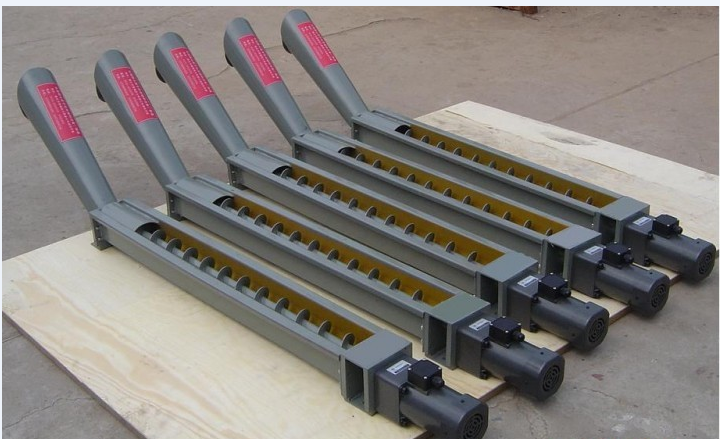Screw chip conveyor classification
1. If the length of U-shaped Screw Chip Conveyor is less than 35m, it is a single-axis driving screw.
2. If the length of U-shaped screw Chip Conveyor is greater than 35m, it is a two-axis driving screw.
3. Ordinary carbon steel U-shaped screw chip conveyors - Mainly used in industries where cement, coal, stone, etc. wear out, and there are no special requirements for materials.
4.Stainless steel U-shaped screw chip conveyor - mainly applicable to food, chemical, food and other industries that have requirements for the delivery environment, cleanliness, and will not produce pollution on the material, the use of a long time, but the relatively high cost.
Screw Type Chip Conveyor,Screw Chip Conveyor,Screw Conveyor,Screw Conveyor Design Cangzhou Dongjun Machinery Accessories Co., Ltd. , http://www.cablechainfactory.com
Some time ago, there was news of the reorganization of Dongfeng and Fuqi. The two sides have not yet responded. Recall that on May 16th a year ago, the two sides reached a gradual restructuring plan, but the restructuring has stagnated after more than a year. To investigate its root causes, it is more of a lack of craving for both parties and insufficient complementarity.
Like other industries, the purpose of reorganization between auto companies is to make them bigger and stronger, or to find a living space, which is a kind of win-win behavior. However, when affected by various external and non-market factors, the reorganization between domestic car companies is for the sake of beautiful numbers, seeking total growth to achieve the purpose of rapidly increasing the size of the company; some local governments seek to strengthen local auto companies. The support of big groups; others are for mergers and reorganizations for industrial layout. Of course, more reorganization involves many of the above factors. Looking at a number of cases of reorganization of domestic auto companies, SAIC reorganization of Nanjing Auto should be relatively successful, and the MG and Roewe brand's rapid progress is confirming.
At the same time, there are also some behaviors that do not follow the laws of the market, which led to some restructuring failures. The most typical one is Changan's merger and reorganization of Changhe and Hafei. Currently, Changhe has already split up with Chang’an, holding hands with BAIC. Hafei sales have fallen sharply and employees have to be laid off. Violation of market rules is the main factor for unsuccessful reorganization, but at the same time, it must not be overlooked that the reorganization of the “unprofessional†is also an obstacle on the way forward—how to integrate the corporate culture, how to improve the sense of employee identity, how to formulate the development plan, etc. More or less missing makes recombination difficult.
The above-mentioned problems cannot be solved overnight, and it takes time to accumulate. Under the current situation, combining previous successes, it is not difficult to find that mergers and reorganizations want to succeed. On the one hand, the party that needs reorganization has a strong comprehensive strength, including capital, technology, and channels; on the other hand, it also needs urgent demand as a driving force. In fact, in some cases, it is better to develop each other than to reluctantly come together. If the reorganization is not successful, it will hamper the development of both parties.
In the successful case of SAIC's restructuring of SAIC Motor, SAIC's comprehensive strength is the main reason for the success of this reorganization. Both the capital and technical support can accelerate the development of MG brand, and also bring benefits to NAC, which is also NAC. I hope to see it. In those cases of unsuccessful reorganization, the degree of eagerness of both parties also influences the direction of reorganization. The reorganized party has not been supported in terms of funds and products. After the reorganization, it has not only failed to develop, but has also gone from bad to worse. For example, Fuqi and Dongfeng, both the reorganizing party and the reorganized party, both have no urgent need for each other, they also lack the motivation for reorganization, and they are more likely to “try it out.†Lack of courage to survive, it is difficult to succeed. Only one or both of them have more expectation of reorganization and it is possible to find a point of convergence in order to be compatible and work together.
Although there are many cases of unsuccessful reorganization, over time, the number of mergers and acquisitions among car companies will surely increase, and I believe that the proportion of successful cases will also increase. The more obvious is the role of the market in this regard. It is the gradual maturity of the company and the stronger the driving force for cooperation.

The unsuccessful restructuring of Dongfeng Fuqi stems from the low level of craving
